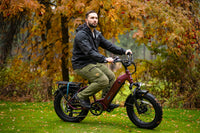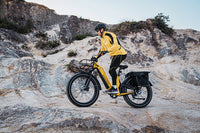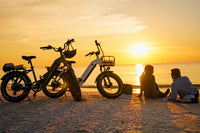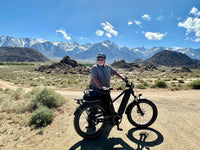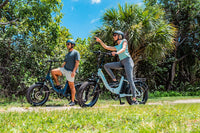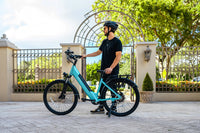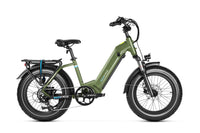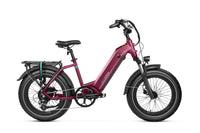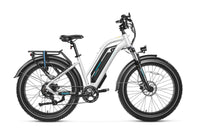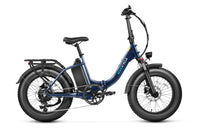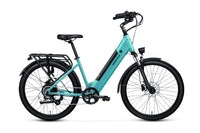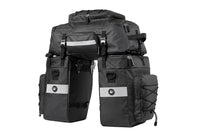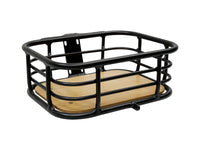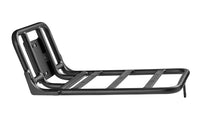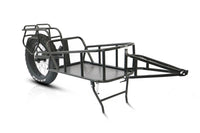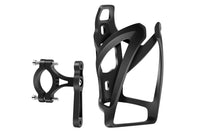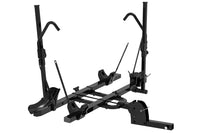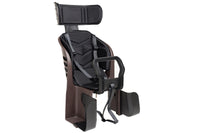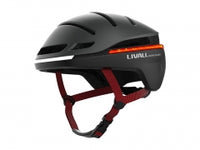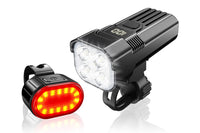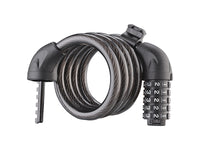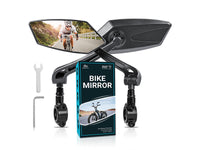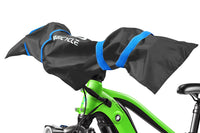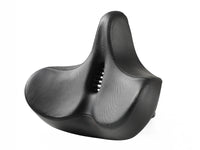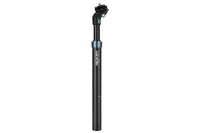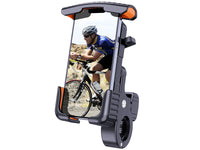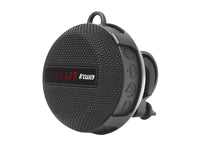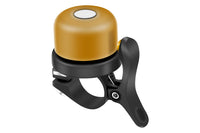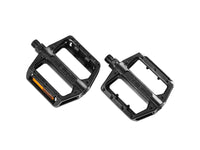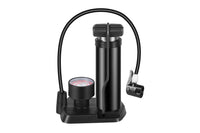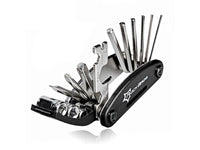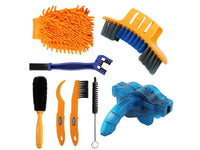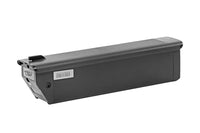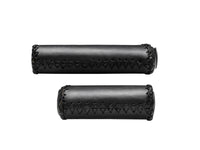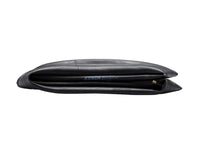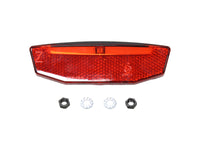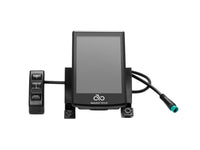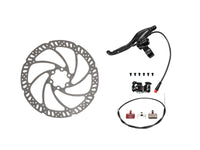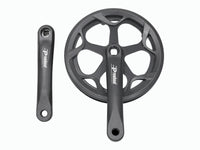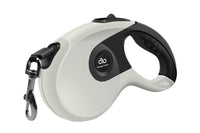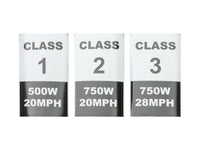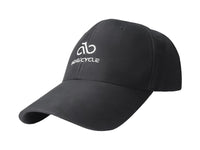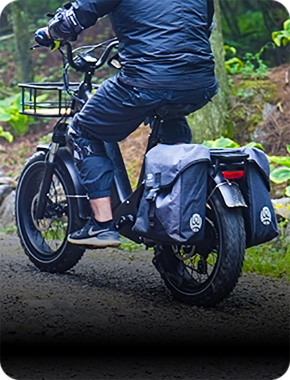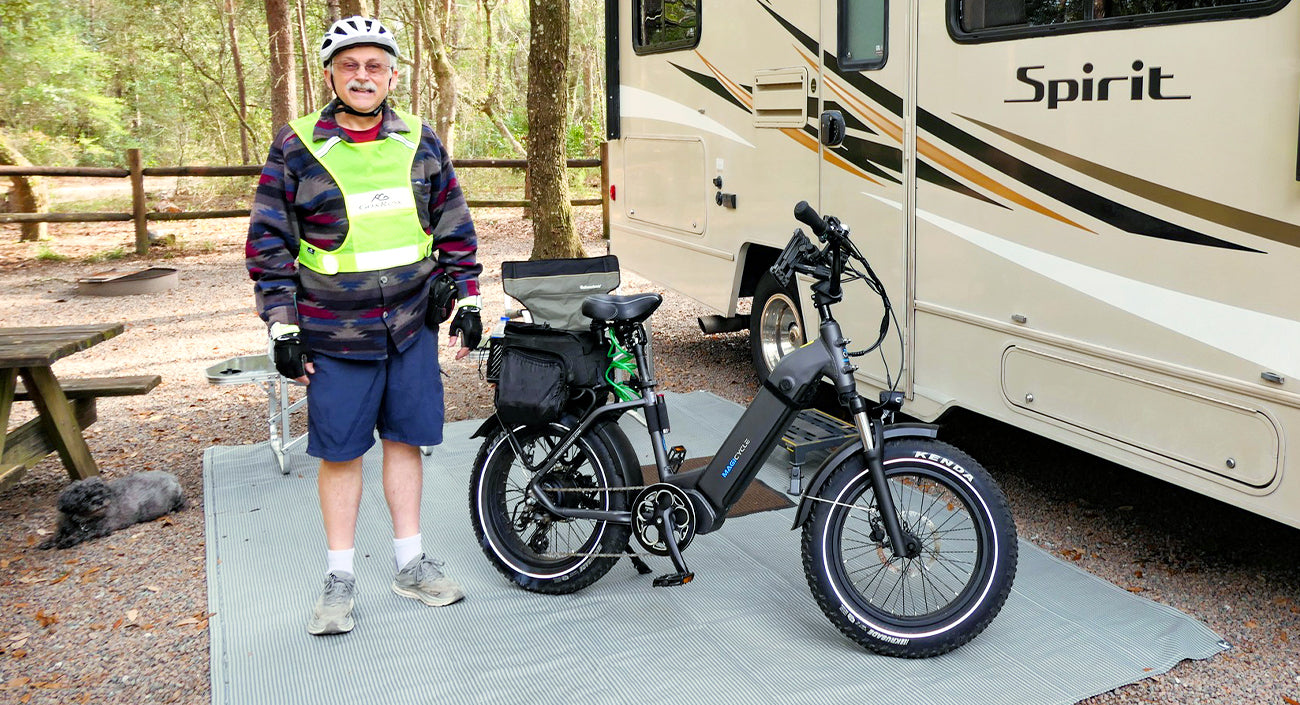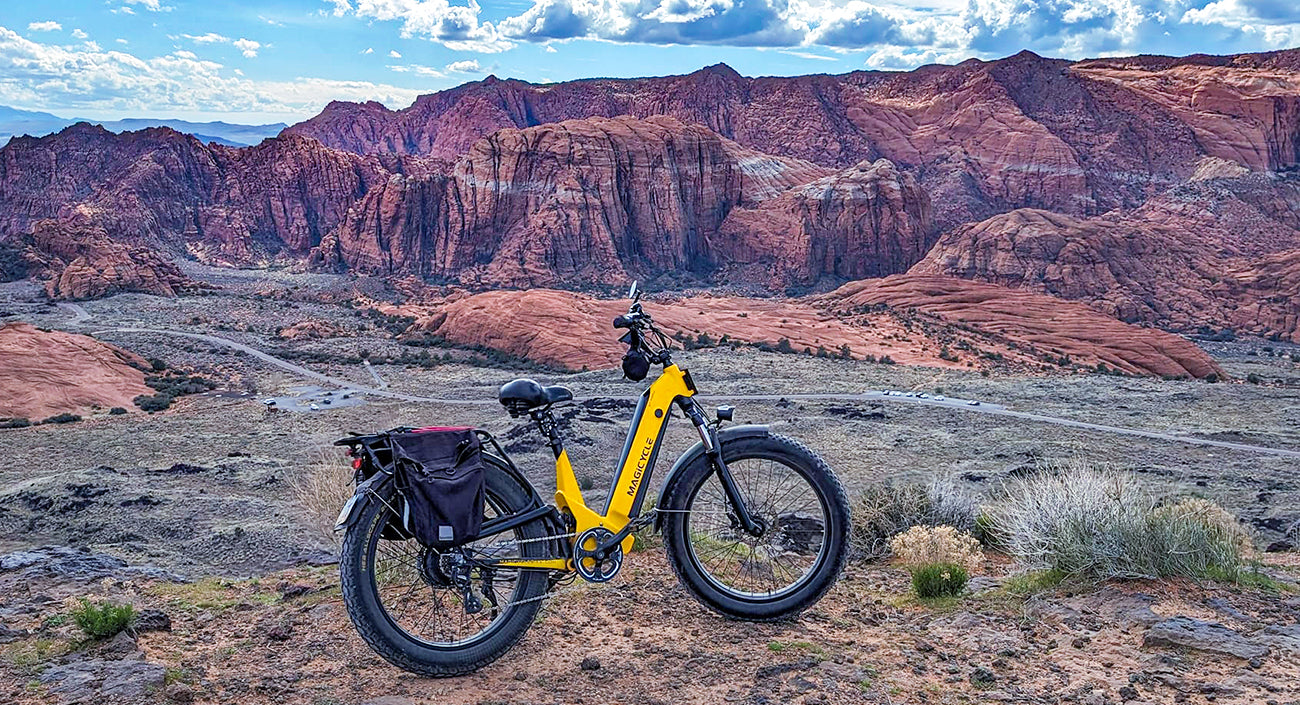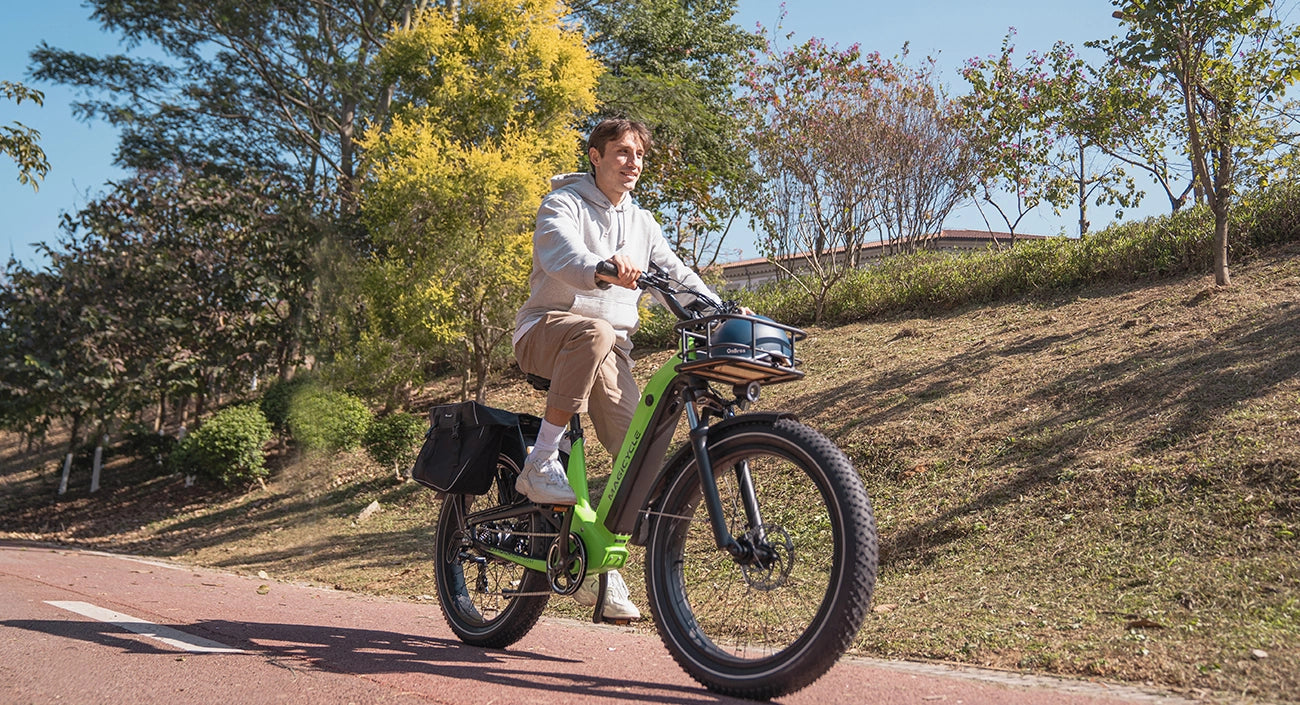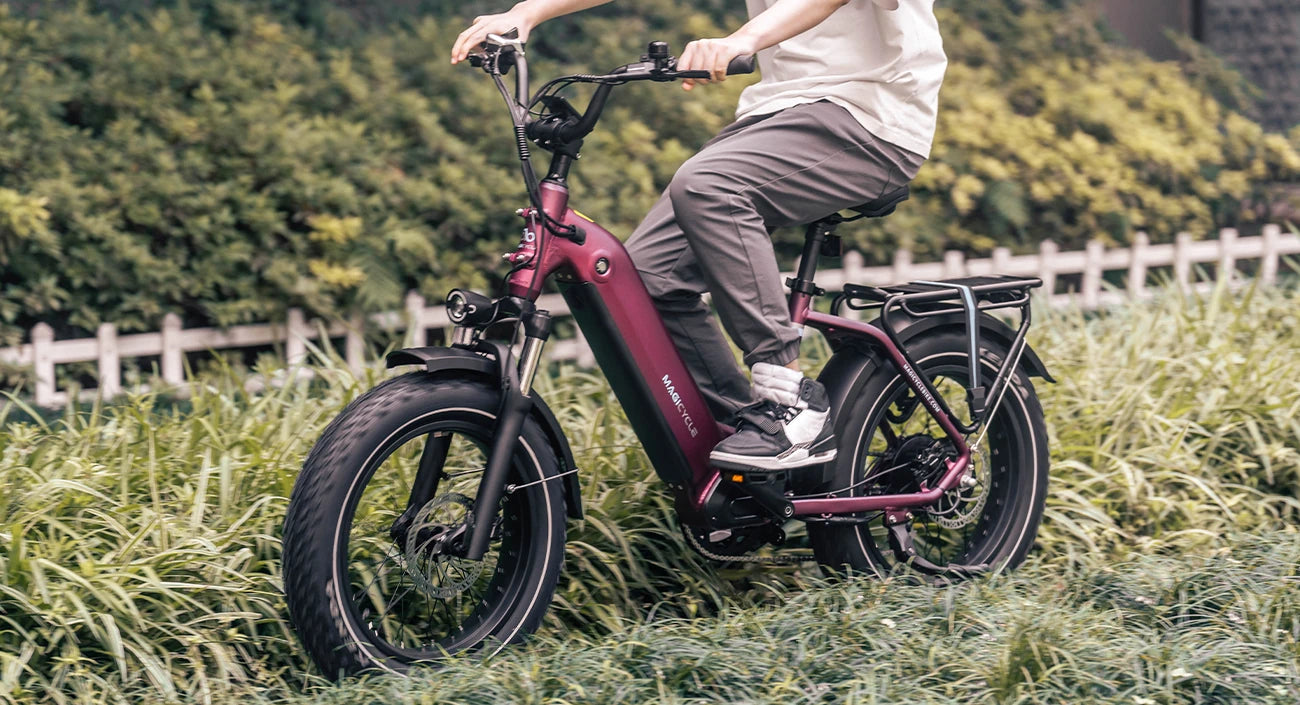 September 02,2024
September 02,2024
 September 02,2024
September 02,2024
Electric bikes can amplify every pedal push with clever technology hidden within your e-bike. Imagine gliding up a hill with ease or cruising through city streets without breaking a sweat-all made possible by innovative sensors working silently in the background. In this comparison, we talk about the core of your e-bike's assist system: torque and cadence sensors. These sensors measure how hard you pedal and the rhythm of your ride, respectively, transforming your effort into just the right amount of electric boost. Whether you're a weekend explorer on scenic trails or a competitive racer clocking record speeds, understanding the role and benefits of these sensors will enhance your ride.
Power Your Ride: Pedal Assist Systems (PAS) and Throttles
Electric bikes are revolutionizing how we ride, not by replacing the pedal but by enhancing it. At the core of this enhancement lies the Pedal Assist System (PAS), a feature that boosts your pedaling efforts with electric power.
PAS: Your Invisible Cycling Partner
What does the PAS do for you? It's designed to detect your pedaling effort and instantly provide proportional electric assistance, ensuring that hills feel flatter and long distances seem shorter.
Throttles: Full Control at Your Fingertips
On the other hand, e-bikes with throttles provide a different kind of control that doesn't require pedaling. With a simple twist or push, you can engage the motor directly, allowing for a restful ride without any pedaling effort. This feature is akin to riding a motorcycle, where you control the speed entirely with your hand.
PAS and throttle systems rely on sensors to inform the e-bike's motor how much help to give. These sensors come in two main types: torque sensors and cadence sensors. Each sensor type offers a unique riding experience, and understanding their differences is key to choosing the right e-bike for your needs.
Torque Sensors on E-Bikes

The torque sensor measures how hard you're pedaling and instantly tells your bike's electric motor to match your effort with an equal measure of power. It's a harmony between man and machine.
How Torque Sensors Work
Torque sensors take a direct approach to assistance. They are embedded in the bike's drivetrain-usually in the bottom bracket or rear hub-and they continuously measure the force that you apply to the pedals. As you climb a steep hill and push harder, the sensor detects the increased pressure and commands the motor to contribute more power, ensuring constant and seamless support as you pedal.
Advantages of Torque Sensors in Everyday Riding
The beauty of torque sensors lies in their ability to provide a natural riding experience. They are responsive and precise and adjust the motor's output in real-time, reflecting your every move with a finesse that makes the assist feel almost invisible. This leads to a ride that feels less like being pushed along and more like an enhanced version of your own capabilities. Additionally, this method of power assistance is energy-efficient, only using the motor when actually needed, which can prolong battery life-a feature especially useful for long-distance treks or day-to-day commuting.
Cadence Sensors on E-Bikes

Cadence sensors notice the rhythm. These devices are the metronomes of e-bikes, focusing on how fast you spin the pedals to determine the level of motor assistance you receive.
How Cadence Sensors Function
Cadence sensors are relatively straightforward in their approach. They monitor the rotation speed of your bike's cranks and send signals to the motor to engage based on pedal movement. Instead of the force you apply, it's the pedal revolutions per minute (RPM) that guide the electric assist. This makes for a consistent support level that doesn't fluctuate with your effort but rather with the simple act of pedaling.
The Practical Perks of Cadence Sensors
The main advantage of cadence sensors is their simplicity. They provide a uniform power assist that can make riding an e-bike very predictable and easy to manage, particularly for beginners or those who enjoy casual rides. With a cadence sensor, the focus shifts from hard pedaling to simply keeping the pedals moving. For leisurely riders, this means less concern about exerting a consistent force and more enjoyment of the scenery passing by.
Torque vs. Cadence Sensors
| Aspect | Torque Sensors | Cadence Sensors |
| Data Sensitivity | Highly sensitive, measures the actual force applied to the pedals for proportional assistance. | Measures pedal rotation speed to provide a fixed level of power regardless of rider's pedal force. |
| Riding Experience | Offers a natural, nuanced riding experience, similar to traditional cycling with effort-based assist. | Delivers a consistent and predictable power assist, which can be less engaging but easy to handle. |
| Responsiveness | Very responsive; the motor engages immediately based on the rider's pedaling force, good for varying terrain. | Steady response; there's a slight lag before the system provides consistent assistance once pedaling starts. |
| Cost & Complexity | Usually more expensive due to intricate design; complex in terms of manufacturing and functionality. | Generally more affordable, with a simpler design that tends to result in lower manufacturing costs. |
| Installation | More complex installation, sometimes integrated into the bike's drivetrain, may require professional assistance. | Easier to install with external sensors on the crank; often manageable by the user with basic tools. |
| Battery Efficiency | More efficient as it draws power based on rider's input, allowing better battery management and longer rides. | Less efficient, as it continuously draws power at a constant rate when the pedals are moving, which can reduce battery life. |
| Compatibility | May not fit all bikes due to specific frame and component requirements; best suited for mid-drive motors. | High compatibility with many bike types, including both mid-drive and hub motors, due to its simple mechanism. |
| Adjustability | Allows for adjustable levels of assistance based on rider preference or fitness level, adaptable to riding conditions. | Typically offers preset assistance levels that can be selected but do not adapt to changing riding dynamics. |
| Maintenance | Might require specialized maintenance due to its sophisticated mechanism and integration within the bike's drivetrain. | Lower maintenance needs due to fewer moving parts and typically easier access for repairs or adjustments. |
Suitability Analysis
Torque Sensors
- Experience Seekers: Best for those wanting a cycling experience similar to non-electric bikes.
- Terrain Adventurers: Perfect for riders tackling diverse terrains, from steep ascents to flat paths.
- Effort-Based Assistance: Offers assistance directly proportional to the pedaling force applied.
- Performance Enthusiasts: Suits serious cyclists and commuters desiring direct control over assist levels.
- Battery Life Maximizers: Favoured by those aiming to extend their ride distance on a single charge.
Cadence Sensors
- Ease and Simplicity: Tailored for new e-bikers or casual riders not seeking an intense riding experience.
- Consistent Assist Riders: Ideal for those who prefer a steady level of assistance during commutes or rides.
- Budget-Friendly: Attracts riders looking for an economical option with lower upfront and maintenance costs.
- Installation Ease: Provides a user-friendly setup process, easily manageable without professional help.
- Accessibility Champions: Ensures a broad demographic can easily adopt and utilize e-bike technology.
Choosing Your Path on E-Bike Sensor Technologies

The choice between torque and cadence sensors in electric bikes boils down to a rider's preference for a natural, dynamic riding experience or a simpler, more consistent assist mechanism. Torque sensors resonate with those who seek an authentic cycling feel, demanding direct control over the bike's responsiveness and valuing the efficiency that complements longer or more varied rides. Conversely, cadence sensors appeal to riders looking for ease of use, affordability, and maintenance, offering a straightforward approach to e-biking that is accessible and reliable for everyday commuting or leisurely journeys. Each system has its unique merits, ensuring that whether you prioritize performance or comfort, there is an e-bike sensor technology perfectly tailored to enhance your two-wheeled adventures.


















































